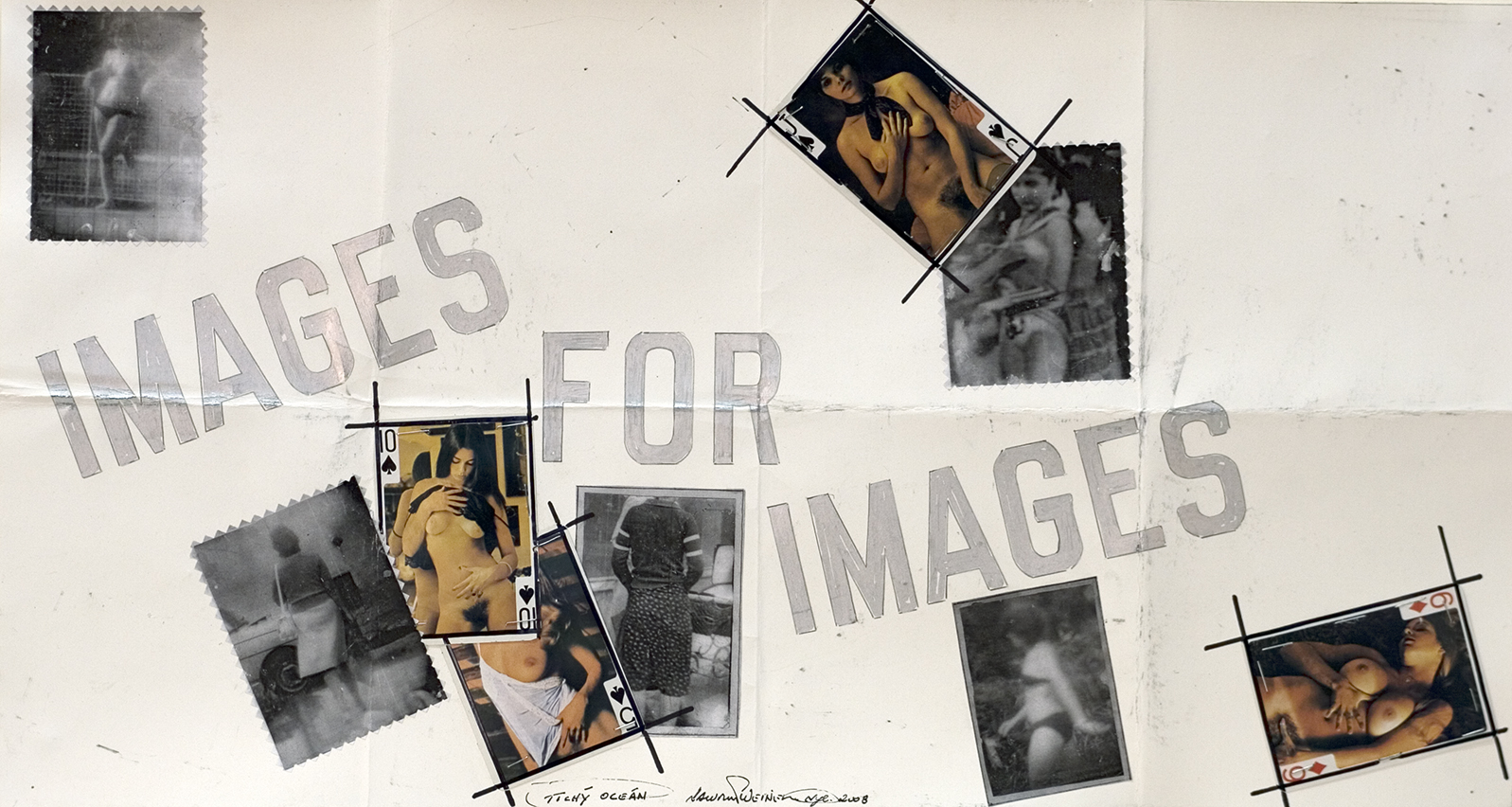- B
- Baladrán, Zbyněk
- Blume, Anna & Bernhard
- Boltanski, Christian
- Borland, Polly
- Brock, Bazon
- Buetti, Daniele
- Burger, Stefan
- Büttner, Werner
- G
- Galler, Thomas
- Gelitin
- Germann,Florian
- Gilbert, Andrew
- Gladwell, Shaun
- Goldin, Nan
- Grosse, Katharine
- Gundlach, F.C.
- Gütschow, Beate
- H
- Hanzlová, Jitka
- Helbig,Thomas
- Hennevogl, Philipp
- Herold, Georg
- Hirakawa, Noritoshi
- Hirschhorn, Thomas
- Hoffmann. Nina
- Hope 1930, Andy
- M
- Macuga, Goshka
- Markowitsch, Rémy
- Marti, Fabian
- Meese, Jonathan
- Mettig, Klaus
- Millar, Judy
- Moriyama, Daido
- Müller, Josef Felix
- R
- Rainer, Arnulf
- Rauch, Neo
- Richter, Daniel
- Roiter, Andrei
- Rosenkranz, Pamela
- Ruff, Thomas
- Rütimann, Christoph
Weiner, Lawrence


Born 1942 in New York City, lives in New York City and Amsterdam
Until the 1960s, “the fine arts” were dominated by painting: in the United States it was Abstract Expressionism, in Europe it was a subtle form of abstract painting referred to as Art Informel. In 1951, Robert Rauschenberg erased a drawing by Willem de Kooning (with his consent) and in the early 1960s Pop Art began to slowly assert itself through the work of, for example, Roy Lichtenstein and Andy Warhol. Then, in 1967, Sol LeWitt wrote his manifesto Paragraphs on Conceptual Art and delivered the decisive blow to traditional painting. LeWitt declared art a pure idea. With emphasis on the non-material side of things, LeWitt attempted to circumvent art marketing.
In 1968, Lawrence Weiner took this premise a step further with his Declaration of Intent. For Weiner, a work of art is not ambiguous; it is a specific object with no specific form. He is not sceptical of tangible forms of art; sculpture for him is the objectification of what is possible whether intangible or not. What is important is that his idea reaches an audience, who may or may not decide whether it is art and if it is; it is up to them. Weiner’s art based on language—at times poetic, at times succinct—may be short, can consist of one word, or may appear in convoluted language replete with symbols. When asked to list the materials of his work, he prefers the following: “Language + the materials referred to.” In this sense, Weiner, along with Joseph Kosuth and Jenny Holzer, belongs to a group of artists who use text as a form of artistic expression. Weiner differs from these artists in that his work can be created by anyone.
Today, Weiner’s installations in public spaces are legendary. An unforgettable example is the rather dramatic inscription on a tower in Esterhazy Park in Vienna: “SMASHED TO PIECES (IN THE STILL OF THE NIGHT).” A more recent work appeared in 2011 at the Governors Island ferry dock at the tip of Manhattan in New York City: “AT THE SAME MOMENT.” What did he mean to say by this? The answer is up to the viewer—and this is the magic of Weiner’s inscriptions.
